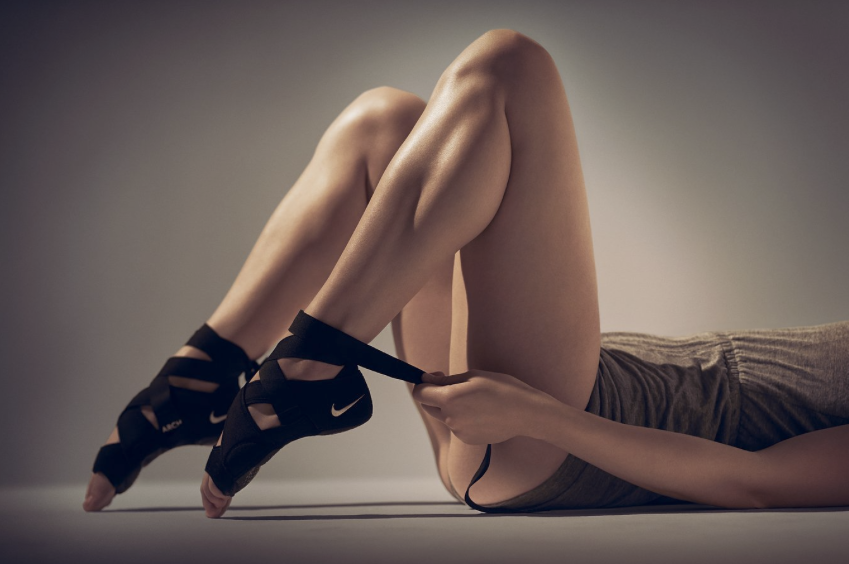A veteran of photographing sport stars in the studio, Paul Cooper is the subject of our latest ProFile
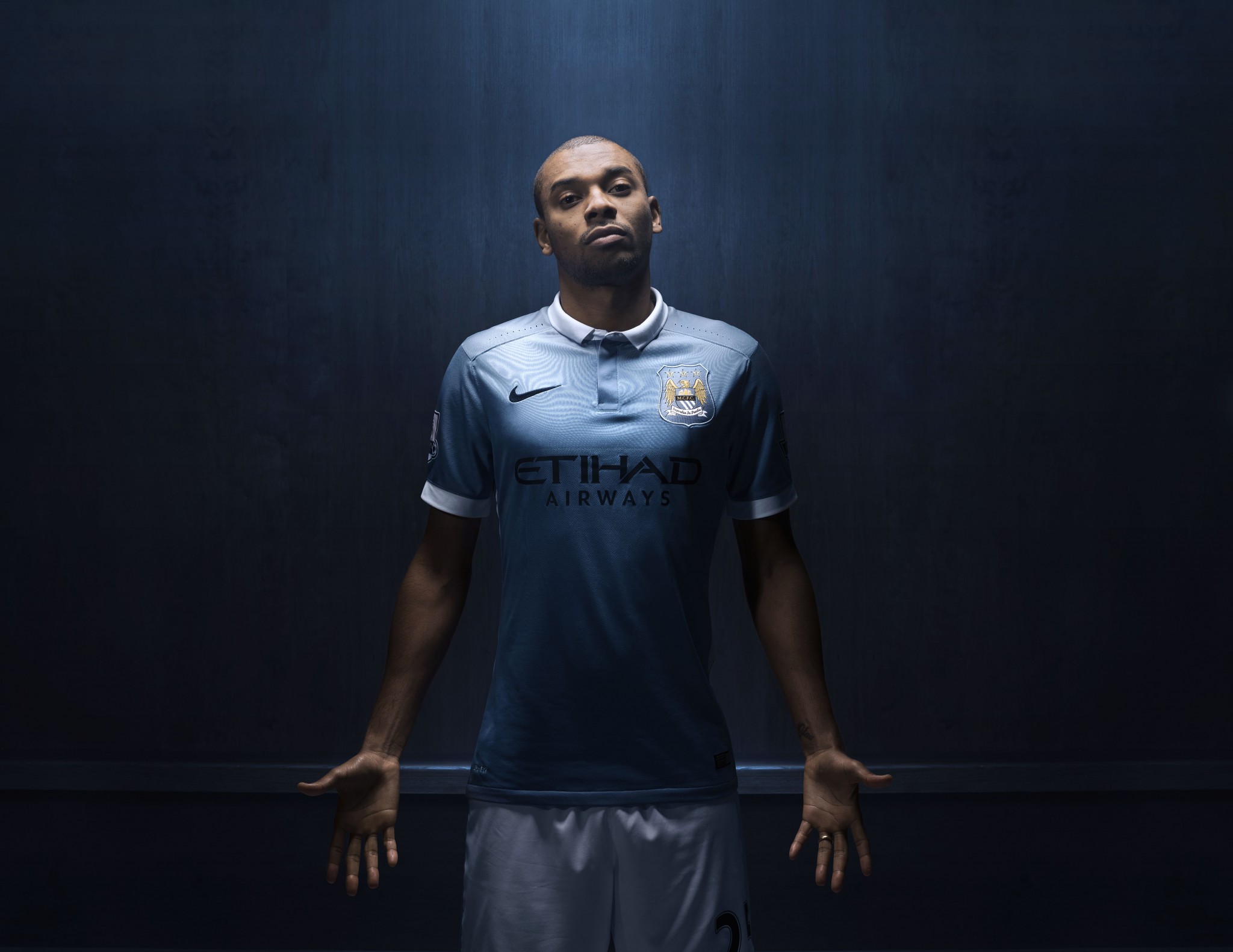 © Paul Cooper
© Paul Cooper
Hi Paul. Can you tell us a little about your genre of photography?
These days I mainly shoot global ad campaigns for sporting brands, often involving whole teams as well as individuals such as Lizzie Armitstead, Bryan Habanna, Sir Chris Hoy and more. I also shoot editorial portraits of sporting personalities for magazines and newspapers.
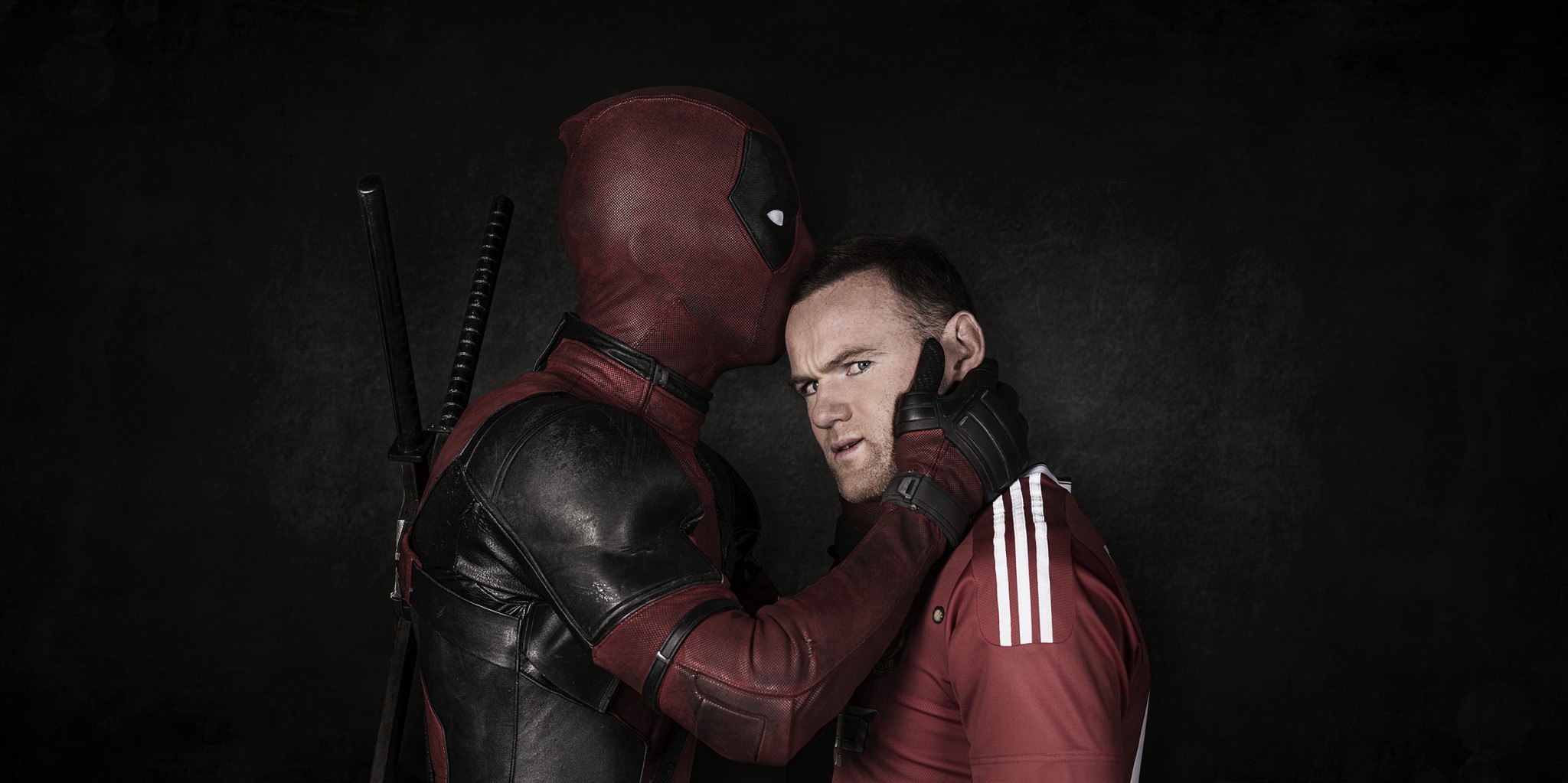 © Paul Cooper
© Paul Cooper
What do you like about it? What keeps you coming back?
I am inspired by the possibility that within every job you do there is an element of the unknown about what you may come away with. There is every chance you could create a great set of photos that may eventually run over several pages in a magazine or across a global billboard campaign. For me that is very fulfilling and inspires me on each shoot.
The buzz of knowing you have a great shot is what photography is all about for me. I still get that feeling after many years in the business and the desire to create even better photos on the next shoot is stronger than ever.
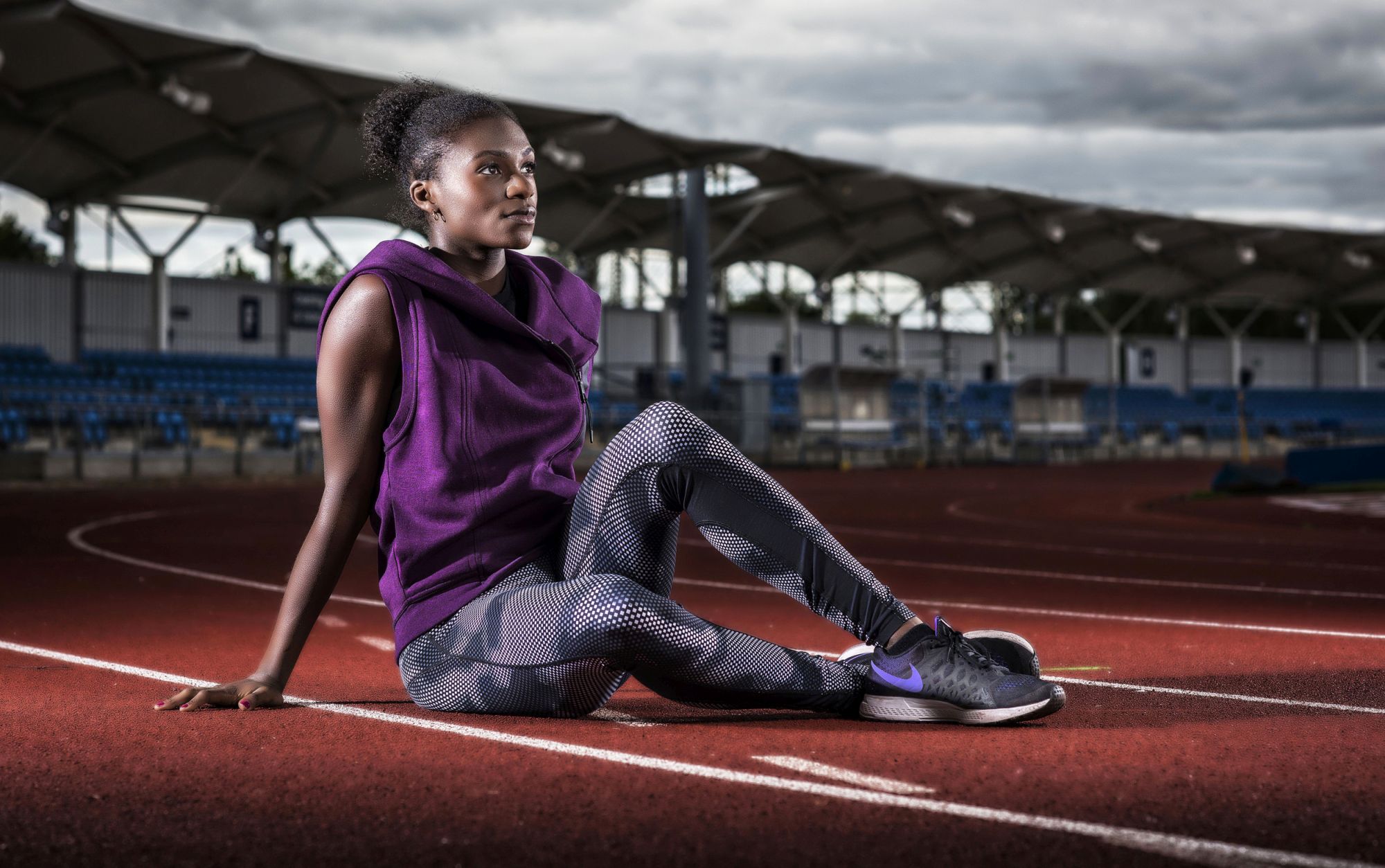
© Paul Cooper
How would you describe your photographic style?
My preferred style involves dramatic, edgy, hard lighting. Working with some of the world’s most passionate athletes, I like to try and capture some of the grit and determination that makes these people the successes they are.
Of course, I have to adapt my lighting style depending on the client’s requirements. It’s not uncommon that each shoot has a completely different look, due to the art direction from the creative at the agency. In the world of advertising photography you have to be flexible in your lighting setups and creative approach in order to suit the campaign.
As much as possible though, I try to shoot in my style, and on several occasions I’ve shot an additional setup in my style alongside the agency’s requirements and they’ve ended up going with mine. So it’s good to have a defined style of your own – almost a brand, if you like.
 © Paul Cooper
© Paul Cooper
Where did your career start?
I started out in the darkroom at The Times in London where I learned black and white and colour printing and processing, which was a very good grounding for the move to taking photographs.
I left London to live in Paris and freelanced for a couple of years before starting my own agency covering news, sports and features across France and Europe for many worldwide newspapers and magazines.
On my return to the UK, I moved into advertising photography and specifically sport. I am very lucky that my career combines my love of both photography and sport.
 © Paul Cooper
© Paul Cooper
It sounds like you’ve had a varied career. Any particular memories that stand out for you?
I have several favourites for different reasons. Some remind me of a wonderful experience, some I like because they are technically interesting, some because of the great shots. I constantly amend my favourite list with new shoots I undertake, so the choice of favourite is an evolving thing.
Recently I would say that I have enjoyed the shoot I did with Lizzie Armitstead; it was a challenging one as we had to contend with both rain and time constraints to get strong imagery that would work across the campaign. We had only a few minutes on location, trying to keep Lizzie dry and happy, and then had only twenty more for all the studio shots. I am very pleased how the end results worked out.
I also really enjoyed a shoot at Man United. We built a set of the Old Trafford changing room so we could position the lights in ways that would not have been possible in the real one to shoot the players with some nice light. You can’t tell the difference between the fake and real dressing rooms in the final results, which is very satisfying.
 © Paul Cooper
© Paul Cooper
What camera setup do you use at the moment?
I generally use Nikon D810 bodies with prime lenses for most shoots, however I do use medium format if requested by the client.
Do you have any particular plans for the future of your photography? Anything you’d like to try that you haven’t yet?
I love doing sports portraiture. I recently shot Ross Barkley for FS magazine and they used the photos over four pages. Seeing work in print is still a buzz for me and I want to keep that going alongside my advertising work.
Moving forward I would like to shoot more campaigns abroad. Last month I did a watch advert shoot in Italy with Max Verstappen and Carlos Sainz of RedBull/Toro Rosso. Sometimes getting the big names in global sport means you have to go where they work, you have to travel. To shoot LeBron James (basketball) or Alex Rodriguez of the New York Yankees (baseball) would be amazing.
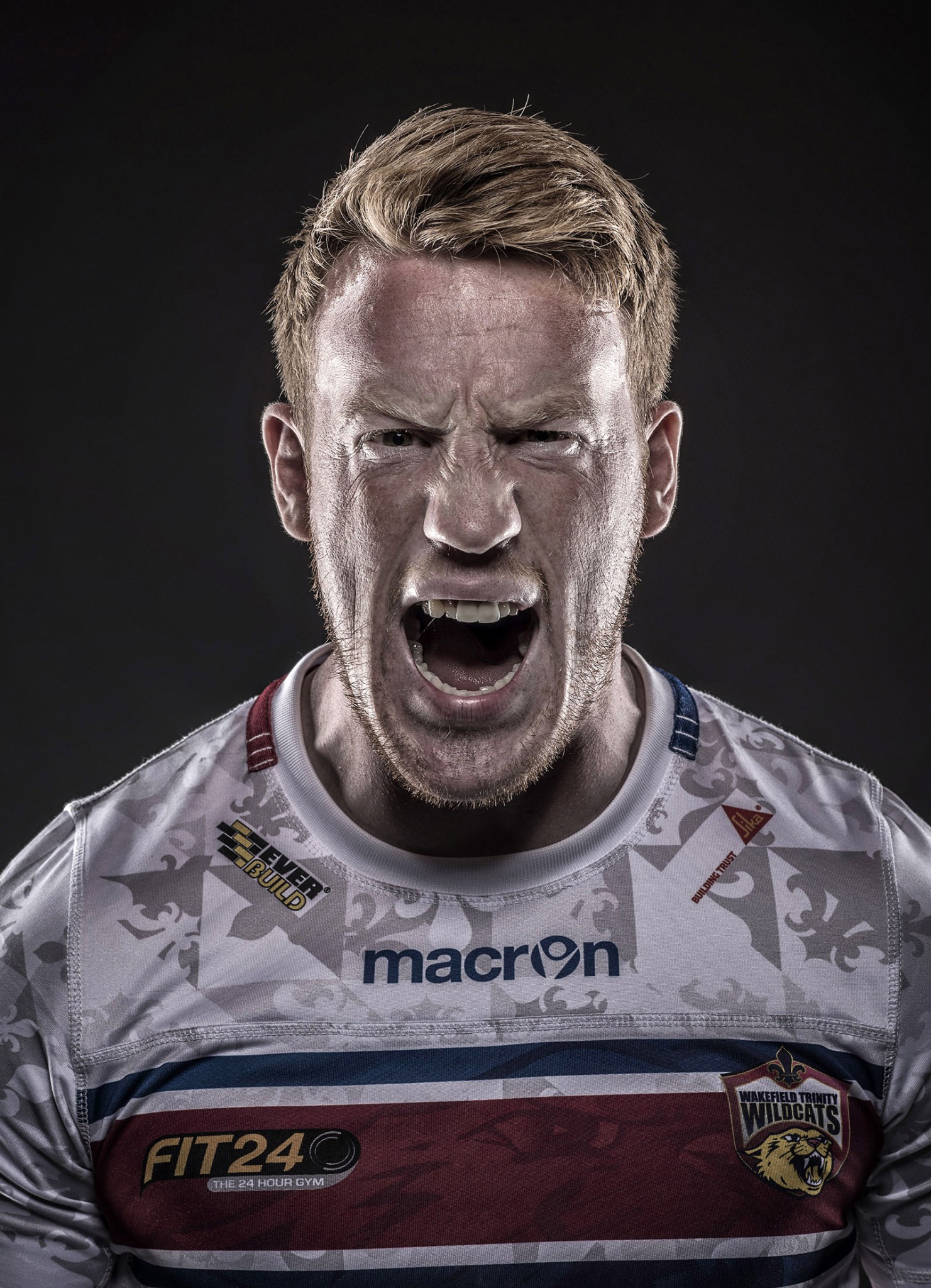 © Paul Cooper
© Paul Cooper
Paul Cooper was speaking to Jon Stapley.
His official website is pcooperphoto.com and he tweets under the handle @cooperphotosuk




